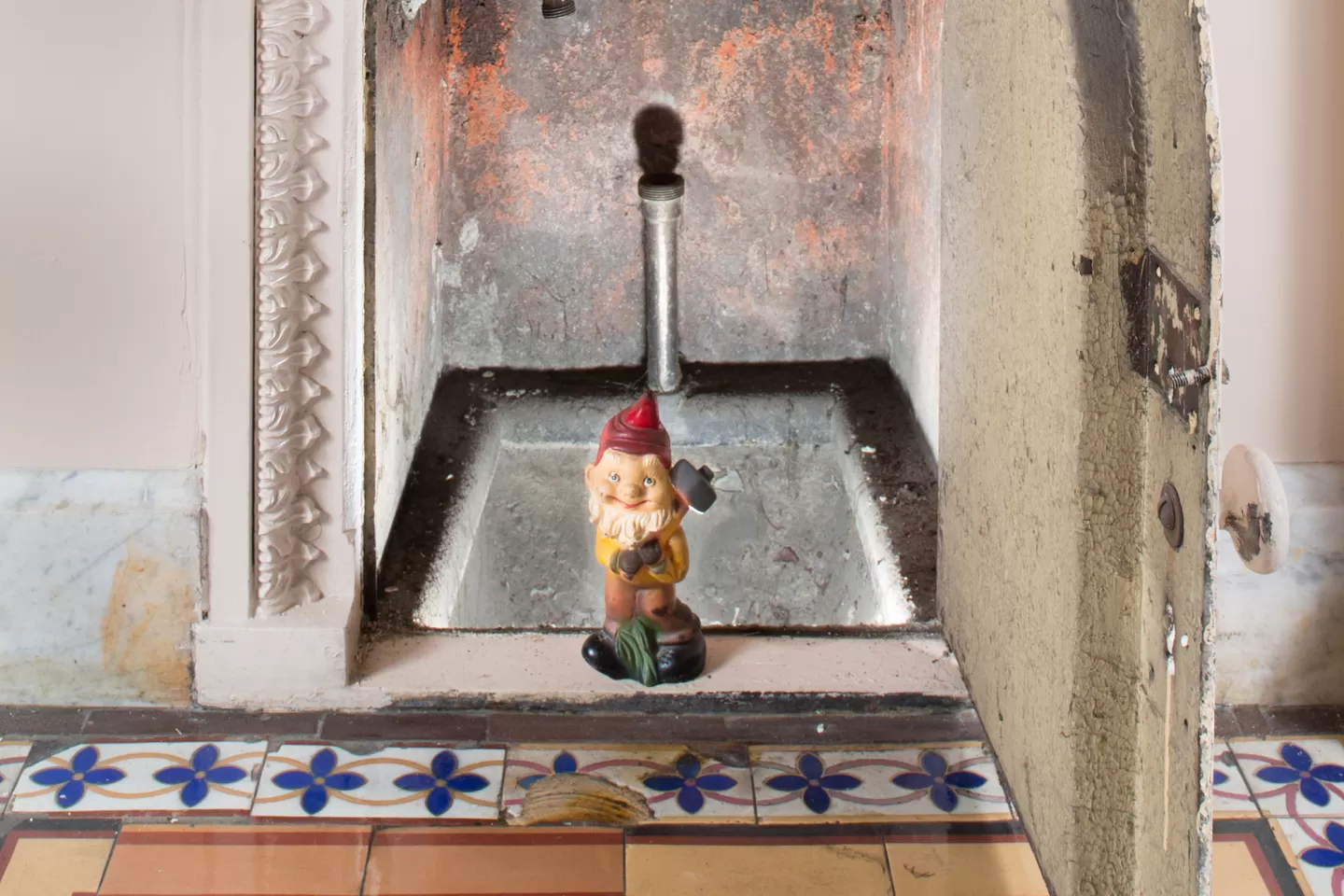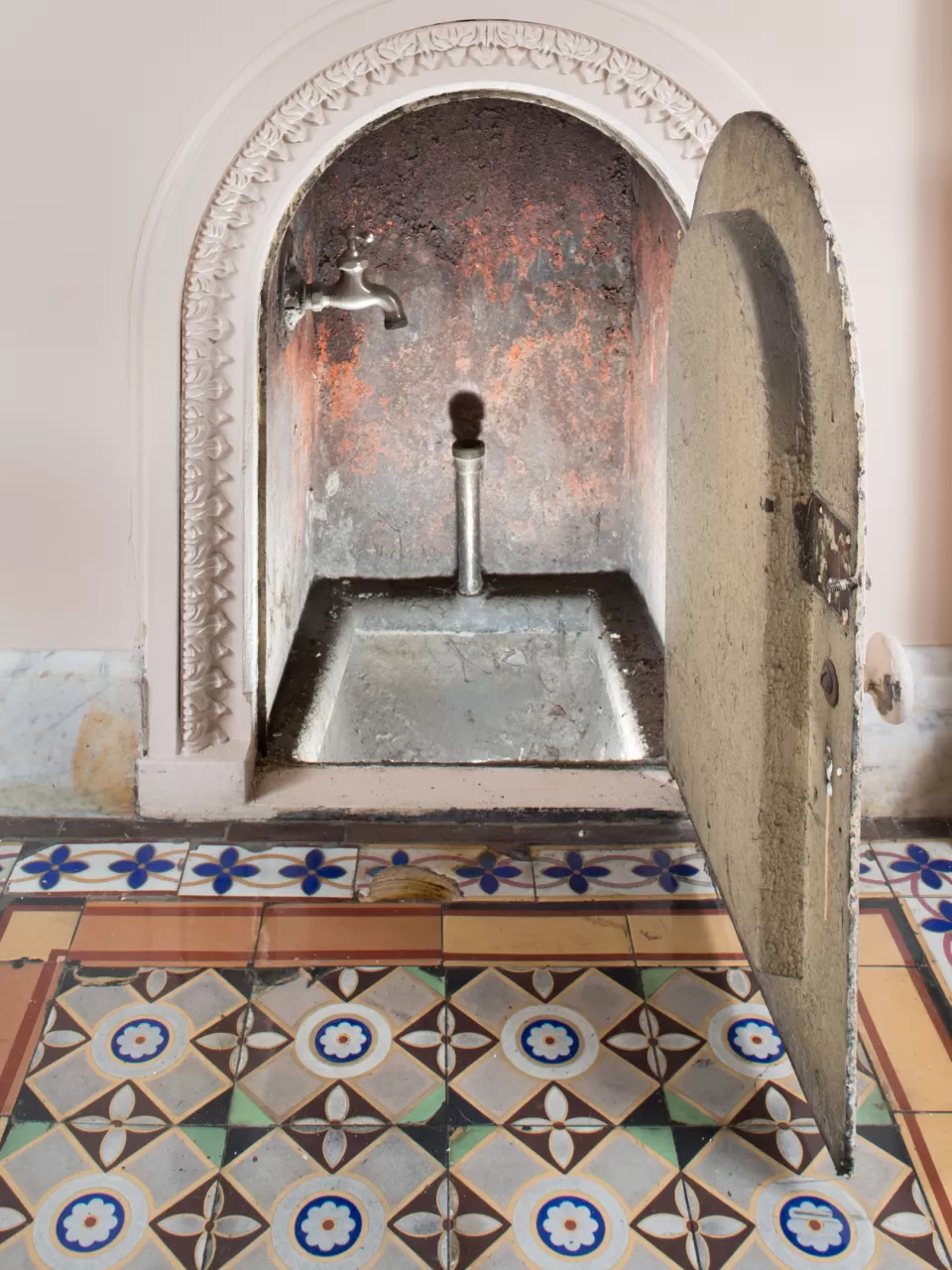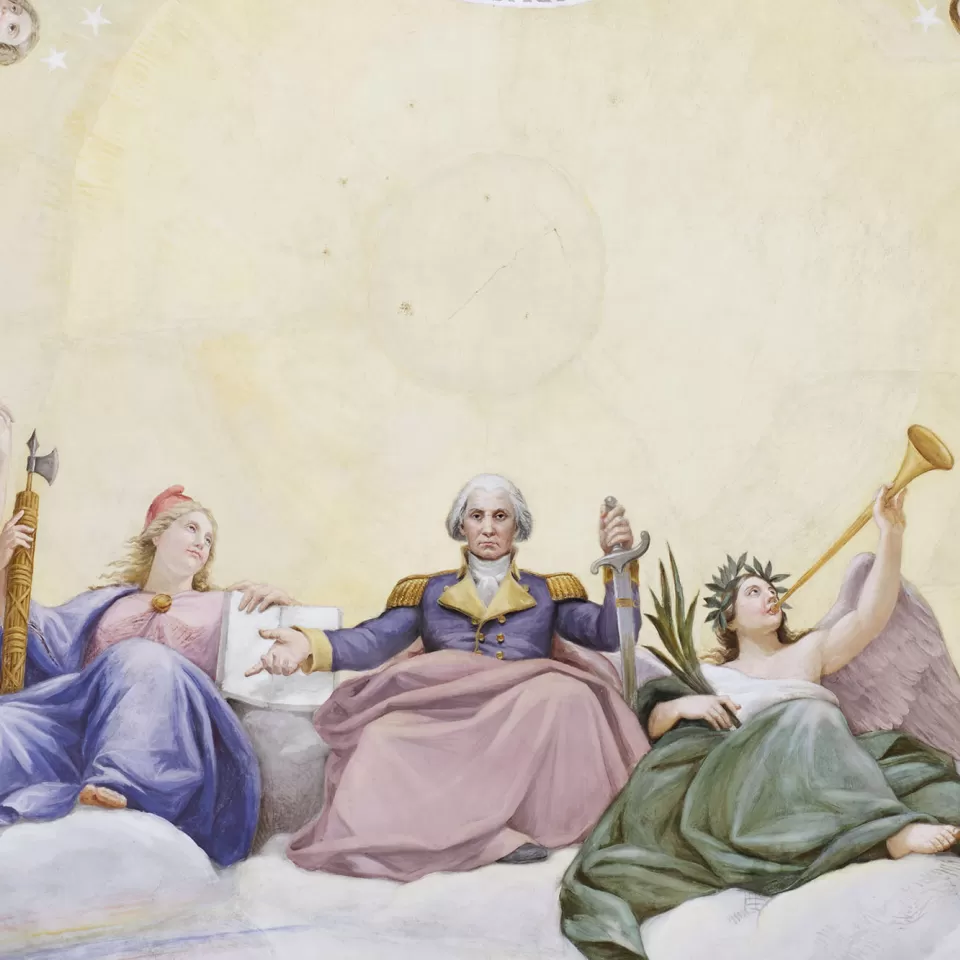Our Stories
Recent Articles
History & Discoveries
A Hallowed Figure in American Art and Culture: the Bald Eagle
The bald eagle is painted, sculpted and carved throughout the Capitol campus. Its white head, wide wingspan and gnarled talons are ubiquitous.
History & Discoveries
Unearthing Capitol Hill's Buried History
Visit Congressional Cemetery and discover the many connections the Architect of the Capitol has to this hallowed ground.
History & Discoveries
The U.S. Capitol Rotunda: Celebrating 200 Years as the Heart of American Democracy
The Rotunda was completed under the direction of Charles Bulfinch by the time of the visit of the Marquis de Lafayette in October 1824.
History & Discoveries
The Liberty Cap: Symbol of American Freedom
The 2024 Olympic mascot is a conical cap, the Phryge, a French symbol of freedom, but it symbolized freedom in the United States before the French adopted it.








Comments
Great article. Thank you.
Spent four years working at the Capitol and never knew this! This is great! Thanks Erin!
A long time staffer once told me that the little closets were used to store spittoons in the old tobacco-chewing days. This was a story passed on to him.
Excellent article!! History is one of the things that makes the AOC a great place to work.
Interesting. The gnome adds a nice touch. Thank you, Erin.
Love the unique story of the Elf door. GreT story starter for young Students out there teachers. One I which I had have when I taught 4th grade.
Great job restoring the US Capitol Building!
Add new comment